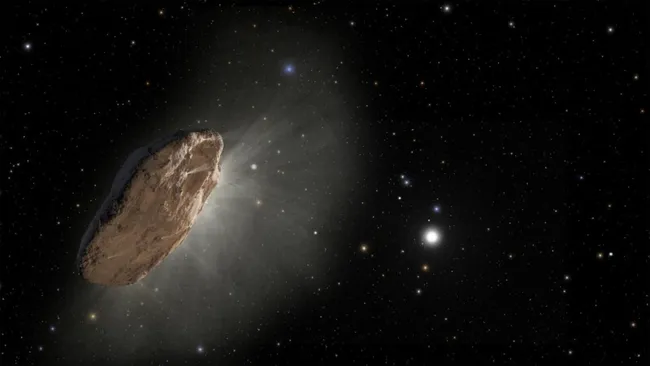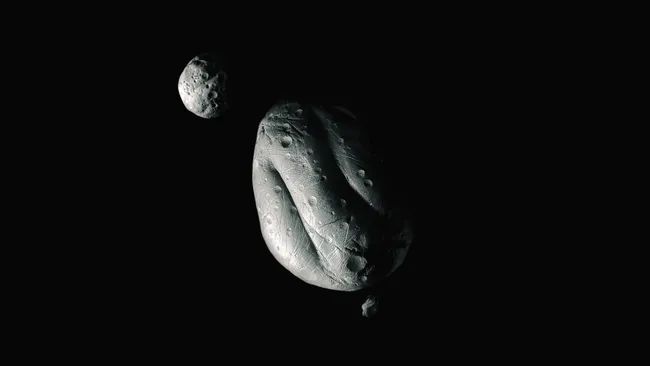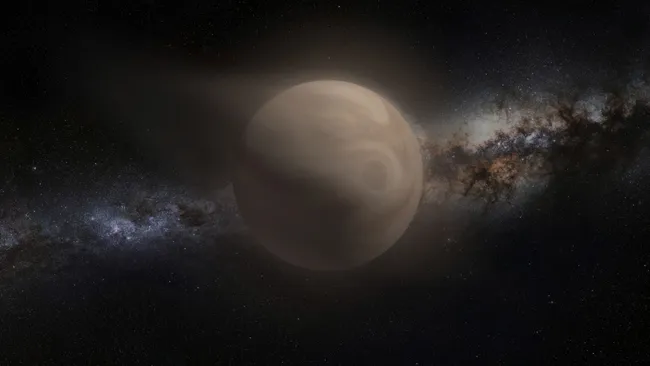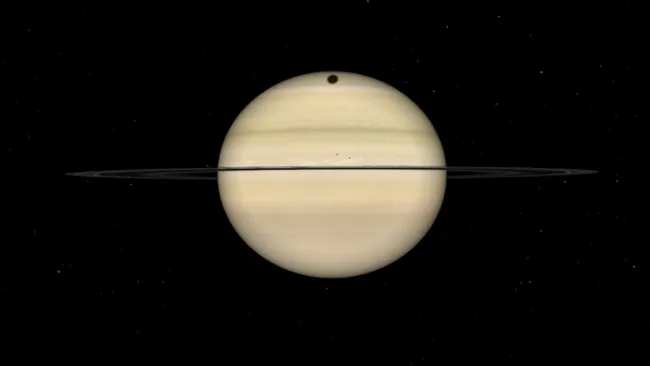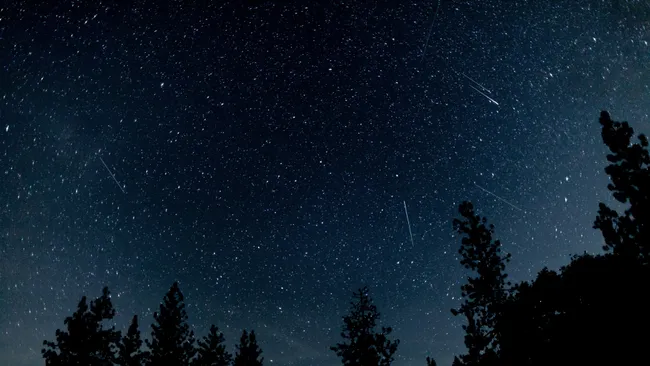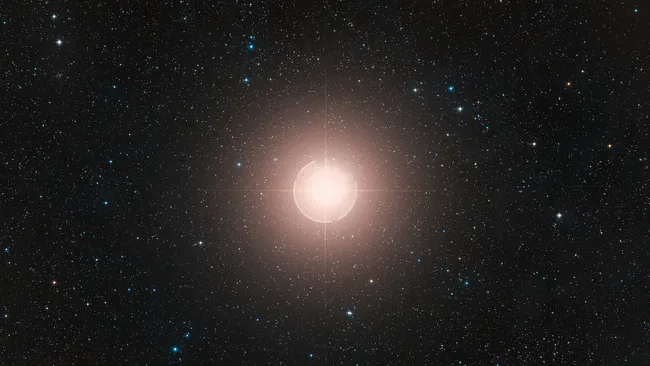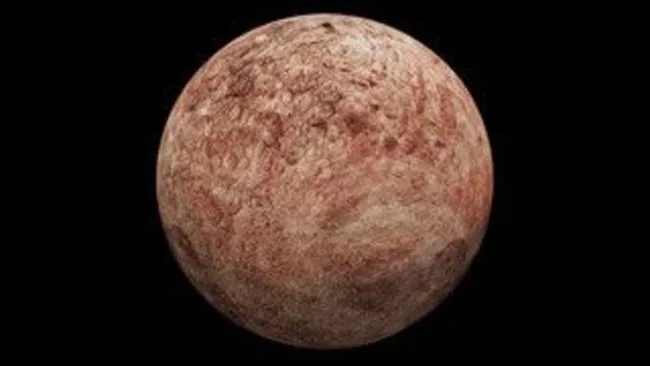The first known interstellar visitor, ‘Oumuamua, might not be a comet as once thought. Instead, researchers suggest it is an “exo-Pluto,” a completely new class of nitrogen-ice objects.
First detected in 2017, ‘Oumuamua was quickly confirmed to have originated outside the solar system. Unlike comets, it appears almost entirely made of nitrogen ice, similar to Pluto’s surface. Its elongated, pancake-like shape set it apart from other interstellar bodies such as 2I/Borisov and 3I/ATLAS.
“This object is consistent with being a nitrogen ice slab, like Pluto’s surface,” said Steve Desch, exoplanet researcher at Arizona State University, during a conference in Maryland.
Rather than leftover rock and water ice, ‘Oumuamua likely represents surface fragments carved from Pluto-like dwarf planets during violent collisions in young planetary systems. NASA’s New Horizons data on Pluto revealed nitrogen ice dominance, supporting this hypothesis.
Desch and colleague Alan Jackson estimate that nitrogen-rich fragments were ejected in large quantities from early solar system events. Most drifted into interstellar space, making such objects potentially far more common than expected.
‘Oumuamua’s unusual traits — smaller size, slower speed, nitrogen composition, and flat shape — all align better with a Pluto-like origin than a comet. Its youth, possibly less than 2 billion years, also points to formation in a younger star system, maybe within the Milky Way’s Perseus arm.
Astronomers believe interstellar objects like ‘Oumuamua are far more abundant than previously assumed. Bright nitrogen ice makes them detectable, though it also evaporates quickly; ‘Oumuamua may have already lost 90% of its mass before discovery.
“This supports the idea that Pluto-like fragments are part of the material ejected into space,” Desch explained. Future surveys like Pan-STARRS, ATLAS, and the Vera Rubin Observatory could uncover many more.
By studying these interstellar visitors, scientists may gain insights into dwarf planets and the evolution of outer solar system bodies.

